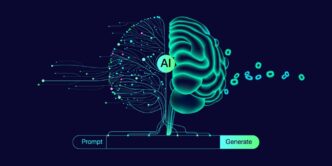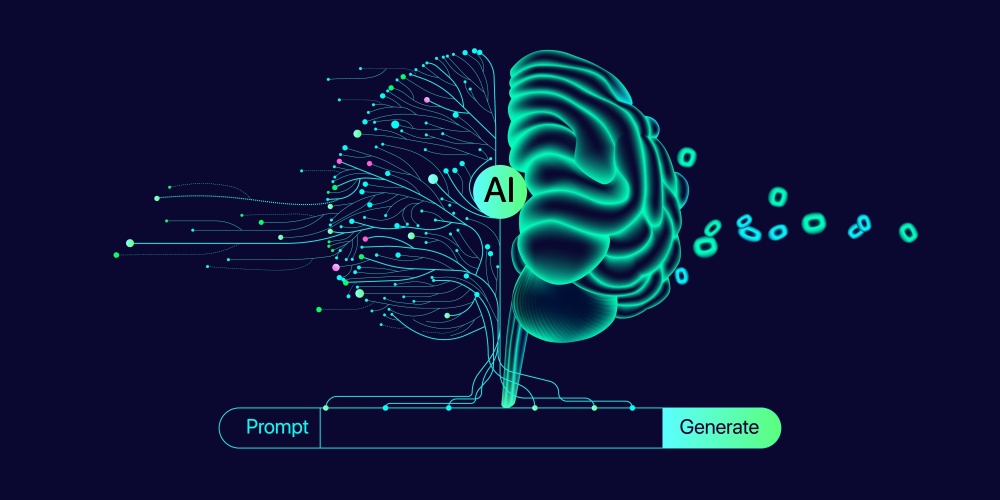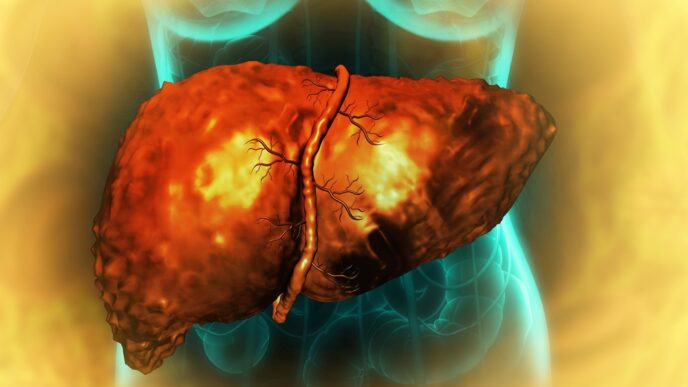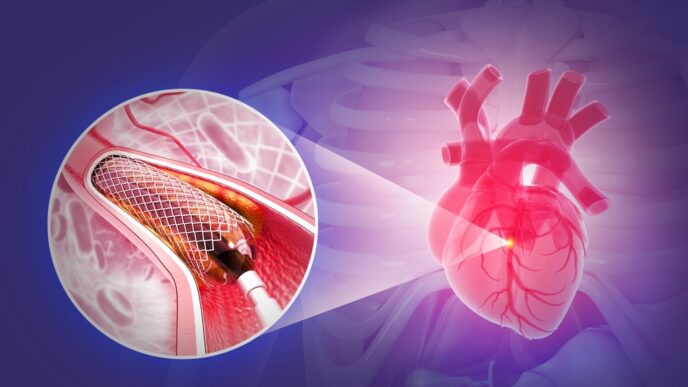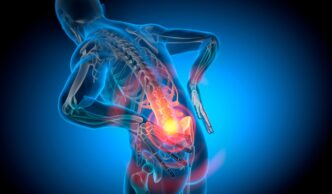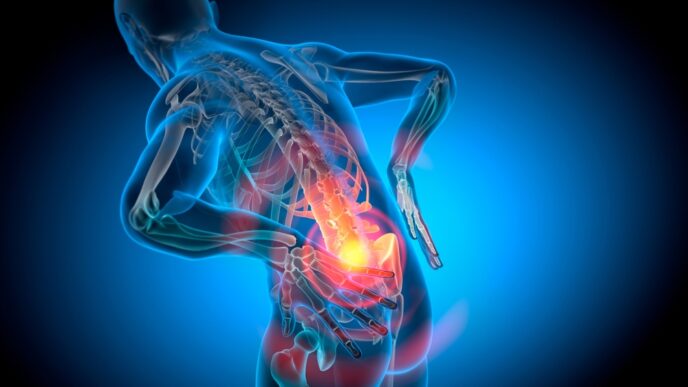AI and cloud tech are transforming Parkinson’s care — from faster diagnoses to smarter treatments and potential cures. Here’s how technology is rewriting the rulebook on brain disease.
WORDS DR ROWLAND ILLING
 FEATURED EXPERT FEATURED EXPERTDR ROWLAND ILLING Chief Medical Officer and Director of Global Healthcare and Non-Profits Amazon Web Services (AWS) |
When British surgeon James Parkinson first described “shaking palsy” in 1817, he did so by observing his patients’ movements.
Two centuries later, doctors still rely heavily on physical symptoms to diagnose Parkinson’s disease — leaving much of what happens inside the brain a mystery.
Today, however, artificial intelligence (AI), machine learning (ML), and the power of cloud computing are changing that.
WHAT THIS MATTERS
- Over 10 million people worldwide live with Parkinson’s disease, a number that doubles every 25 years.
- In Malaysia, 15,000 to 20,000 people are affected today, and that’s expected to climb to 120,000 by 2040 as the population ages.
WHAT IS PARKINSON’S DISEASE?
- It is a progressive brain disease which sees one’s dopamine-producing nerve cells or neurons gradually die.
- To date, we don’t fully understand what causes these nerve cells to die.
- Dopamine is a chemical messenger called neurotransmitter that is crucial for motor control
| Motor control refers to how our brain tells our body to perform actions such as lifting our hand, walking, smiling, et cetera. |
- The loss of dopamine as a result of Parkinson’s disease can lead to health issues such as:
- Stiffness, tremors, reduced facial expression
- Sleep issues, cognitive problems, depression, hallucinations, and dementia in advanced stages
- Current available treatments focus on managing these symptoms.
HOW AI AND CLOUD TECH ARE MAKING A DIFFERENCE
Decoding Our DNA to Spot Risks
- Up to 15% of Parkinson’s cases are linked to genetic mutations.
- Biotech company Ultima Genomics, using Amazon Web Services (AWS) cloud services, has made it possible to sequence a full human genome for just USD100.
- More affordable genome data means:
- Earlier diagnoses.
- Discovery of genetic markers that could predict who’s at risk.
- Potential for gene-editing therapies in future.
Turning Patients’ Daily Lives Into Data
- The Michael J. Fox Foundation’s Parkinson’s Progression Markers Initiative (PPMI) study gathers over 4 million data points daily from wearables tracking the following:
- Movement
- Tremors
- Sleep quality
- The resulting data is securely stored on AWS and combined with
- Brain scans
- DNA samples
- Clinical assessments
- AI then looks for patterns in all the data, helping researchers understand how Parkinson’s progresses in real life.
Discovering Early Warning Signs
- Researchers have developed a test to detect abnormal proteins called alpha-synuclein in spinal fluid, which are found in 93% of Parkinson’s patients.
- This test could speed up diagnosis and help doctors target treatments more precisely.
- AI-powered imaging tools that use cloud-based deep learning will track brain changes over time, improving both speed and accuracy of diagnosis.
Mapping Every Cell in the Brain
- The Brain Knowledge Platform, led by the Allen Institute, is building the world’s largest open-source brain cell database.
- Researchers use AWS cloud and AI to decode characteristics of over 200 billion brain cells to improve our understanding of:
- Which brain cells are most vulnerable to brain diseases
- How brain diseases like Parkinson’s progress
- Where new treatments should focus on
Making Brain Stimulation Treatments Smarter
- Deep brain stimulation (DBS) involves sending electrical impulses to specific areas of the brain to manage symptoms.
- AI helps by:
- Precisely mapping the patient’s brain
- Adjusting stimulation in real-time
- Making treatment more effective and less invasive as well as reducing side effects
WHAT DOES ALL THESE MEAN FOR US?
AI and cloud technology are transforming the care and management of Parkinson’s disease by:
- Speeding up diagnosis
- Creating better personalized treatment options
- Improving patients’ quality of life
- Bringing us closer to understanding—and one day curing—this complex disease
Patients and their families, together with doctors and researchers, are utilizing AI, cloud technology, and big data in a combined effort to move research on Parkinson’s disease faster than ever.
Together, they’re reshaping how we tackle one of the world’s most challenging brain diseases.
| This article is part of our series on the latest developments in the brain diseases such as Parkinson’s disease. |

